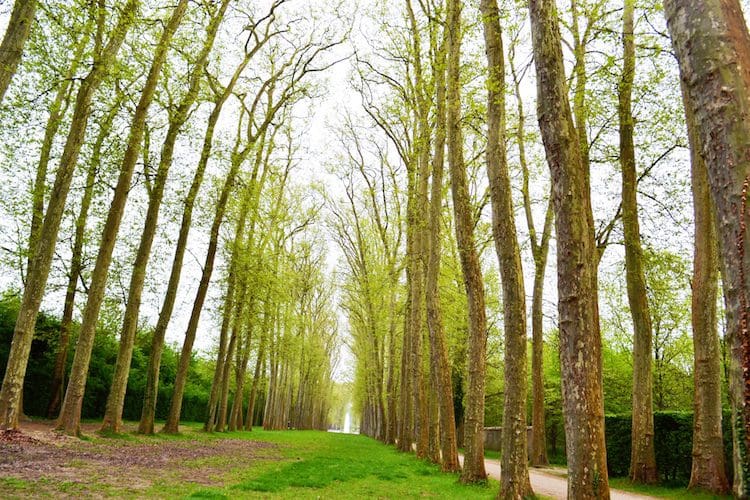Missouri, with its varying temperatures and hospitable landscape, is home to an endless variety of hearty, strong, and healthy trees. Sadly, there are plenty of diseases and pests which are not native to the state but have found a way to infect Missouri’s trees and vegetation. Here are some invasive pests and diseases commonly found in Missouri trees, and the symptoms of infection to look for:
Emerald Ash Borer
Emerald Ash Borer is a wood boring insect which specifically invades ash trees. This invasive insect is capable of killing off all ash trees, if not carefully controlled and eliminated. The Emerald Ash Borer lays its larvae within the trunk and limbs of an ash tree, and these larvae disrupt nutrient and water flow towards the crown of the tree.
This lack of vital water and nutrients leads to the discoloration and loss of foliage at the top of the tree and causes the tree to attempt to grow new branches wherever possible. If you notice abnormal foliage growth at the base of an ash tree or see an abnormal number of woodpeckers pecking at the middle of a tree, contact a local tree care professional for expert advice and solutions.
Gypsy Moth
Gypsy Moths were accidently introduced in North America in the 1800’s by a man who was attempting to breed them with silkworms. An accidental escape of these invasive moths has caused irreversible damage to trees in the North Eastern United States. Since 1970, over 75 million trees have been killed due to Gypsy Moth infestation.
These moths lay egg masses on trees, rocks, and other hard surfaces. If you notice brown patches that resemble dirty gum that’s stuck to the ground, check the surrounding trees for small brown and white moths, and immediately report these combined symptoms to a provider of tree services in your area.
Oak Wilt
Oak Wilt is a lethal disease, caused by a fungus invasion in healthy, mature trees. Oak Wilt is spread through beetles who feed on sap, carrying disease spores from tree to tree during the early parts of growing season.
Symptoms of Oak Wilt include wilting and browning of leaves near the top of the tree in early summer, and the eventual (yet rapid) defoliation of the entire tree.
Heart Rot Disease
Heart Rot disease tends to infect trees such as Birch, Cedar, Dogwood, and Maple varieties. This disease is not due to an invasive creature, but a tree pruning, broken limbs, or damage caused by insects, animals, or fire.
Heart Rot occurs as a fungus, which weakens trees by spreading a fungus throughout the center of the trunk and branches. This disease can be difficult to spot, as the rot and fungus exist within the tree. Regularly check your trees for Heart Rot by surveying the trunks for any open spaces where you can see into the tree, and check for white fungus or rotting spots.
Depending on the pest or disease, our tree service professionals in the St. Louis area can assist you in identifying the invasive anomaly, and suggest the best route of action to take moving forward. Whether it is tree pruning, tree care, or tree removal, Jackson Tree Service helps you keep your trees healthy and thriving, all year long.

